EPIC-XS Proteomics Workshop, Tartu 2020
About Tartu
Tartu is the second largest city in Estonia, with about 100,000 inhabitants. It is located on the banks of Emajõgi (Mother River) and in the centre lies the beautiful Toomemägi (Dome Hill) with its historical buildings and green scenery. Tartu is considered as the intellectual centre of Estonia, as University of Tartu is the largest university in Estonia and one of the highest ranking in the Baltic region (belonging to top 1% universities of the world, according to QS World University Rankings 2019). Tartu was chosen as one of the three capitals of culture of Europe for the year 2024 (https://ec.europa.eu/programmes/creative-europe/content/tartu-will-be-european-capital-culture-2024-estonia_en).

History
Tartu was founded on the banks of Emajõgi (Mother River), as it was an important trade route due to its access to many interconnecting rivers and lakes. The first permanent settlement on the site of modern Tartu dates to as early as the 5th century AD. By the 7th century AD, local inhabitants had built a wooden fortification on the east side of Toomemägi (Dome Hill).
During medieval period Tartu (Dorpat) was the capital of the semi-independent Bishopric of Dorpat. The bishop’s fortress was on Toome Hill. Also a cathedral (Dome Church) was built on the hill, the ruins of which can be seen today.
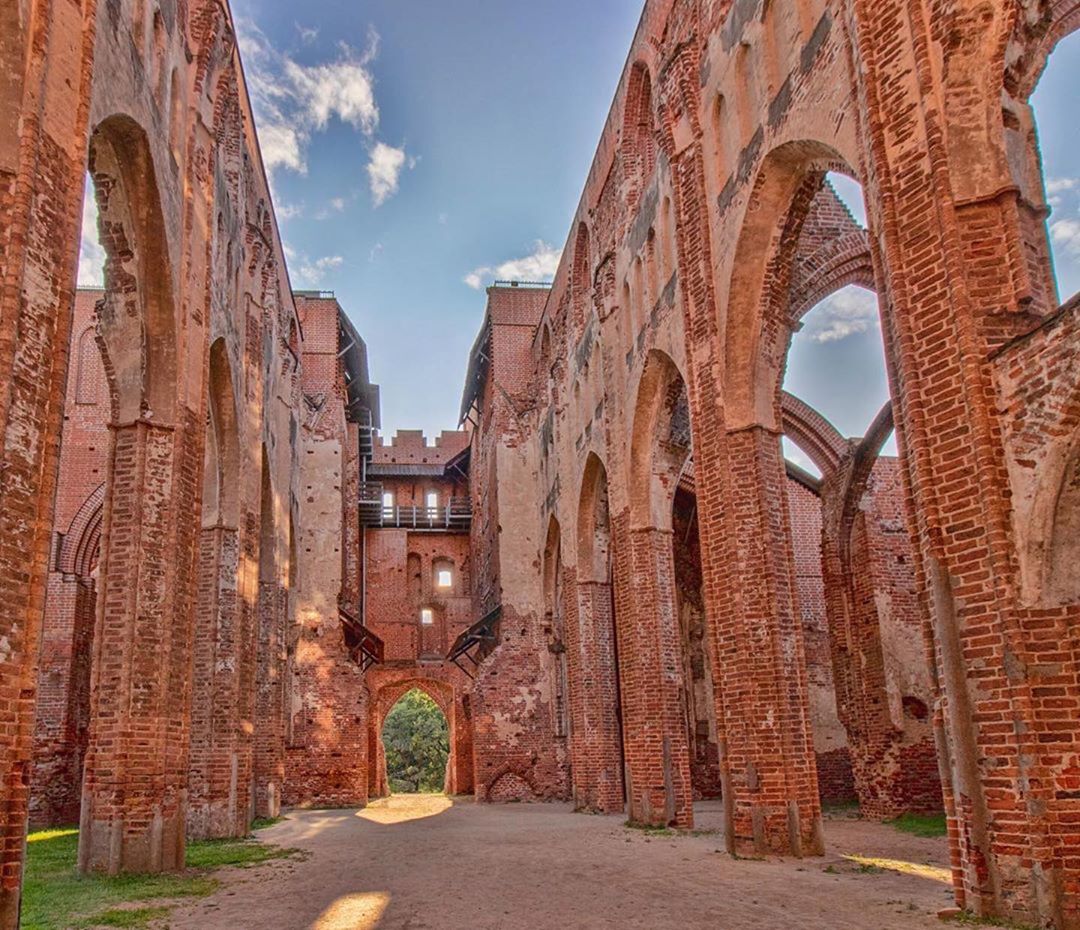
The University of Tartu was founded under the name of Academia Gustaviana in 1632, during the Swedish rule of 1629-1721. There were numerous breaks in the university’s work. First it was a latin university, then German, Russian, 1918-1940 Estonian, 1940-1989 Soviet, and since the 1991 Estonian re-independence once again Estonian. In the recent decade, University of Tartu has also become increasingly more popular among international students, as more and more programs in English are now also offered.
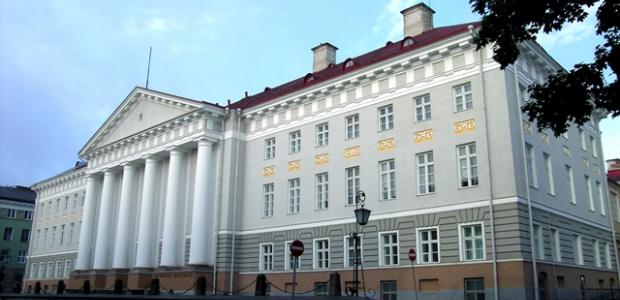
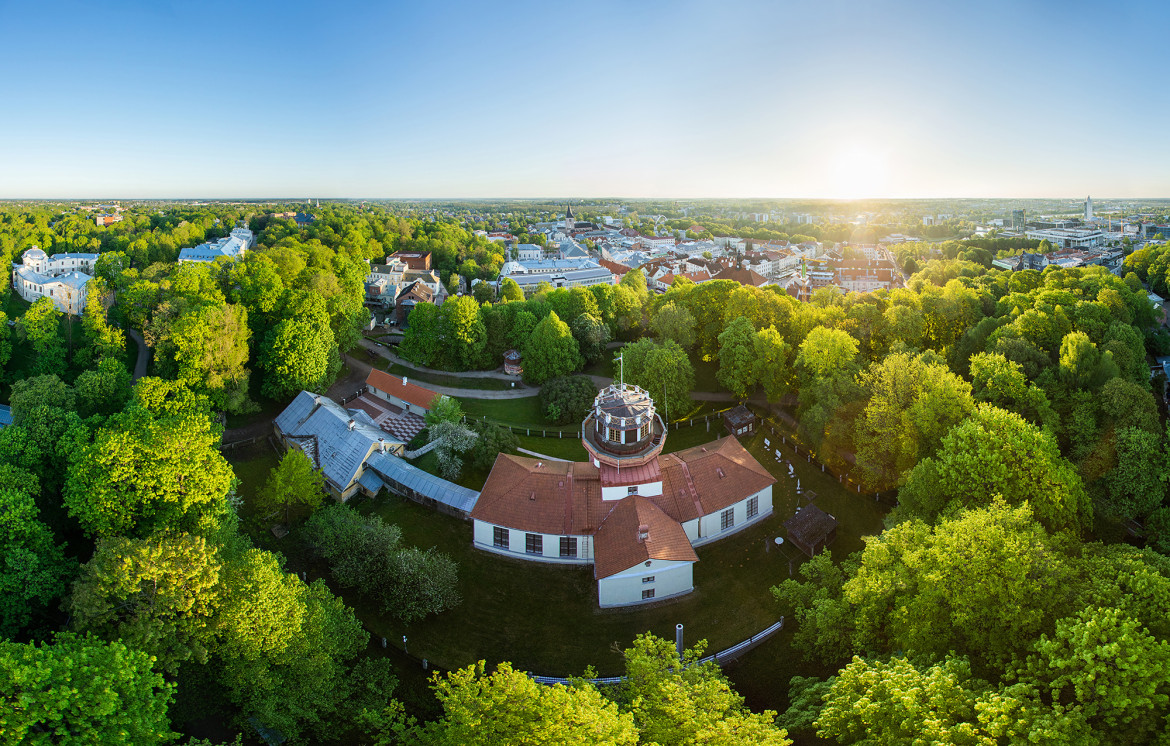
At the end of Estonian War of Independence following World War I, a peace treaty between the Bolsheviks and Estonia was signed on 2nd of February 1920 in Tartu (Treaty of Tartu).
The first period of independence lasted 22 years, beginning in 1918. Estonia underwent a number of economic, social, and political reforms necessary to come to terms with its new status as a sovereign state. The interwar period was one of cultural advancement. University of Tartu became the first university in the Estonian language. Estonian language schools were established, and artistic life of all kinds flourished.
During the Second World War Tartu was heavily damaged by bombing. For example, the historical Kivisild (Stone Bridge) located next to the City Hall Square was destroyed. It has now been replaced by the Kaarsild (Arc Bridge). Some of the stones from the original Stone Bridge are still visible and a replica of the Stone Bridge can be found next to the Arc Bridge. As a result of the Molotov-Ribbentrop Pact of 1939, Estonia went under the governance of the Soviet Union after 1940.
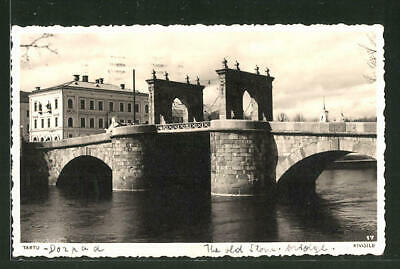
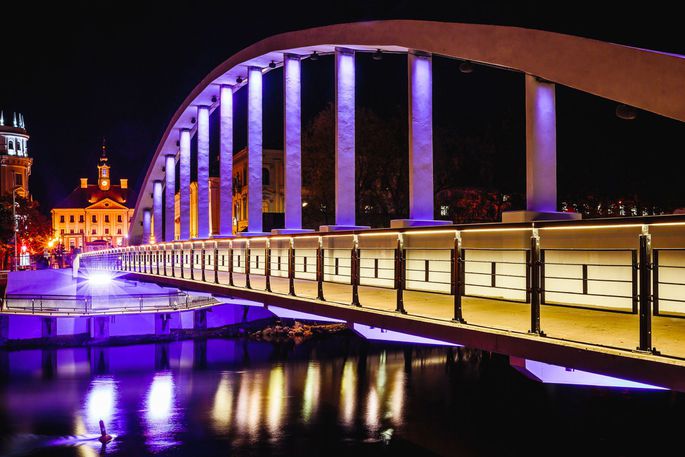
After the Second World War, Tartu was declared a “closed town” to foreigners, as an air base for bombers was constructed on the Raadi Airfield, in the northeast outskirts of the city. It was one of the biggest military air bases in Eastern Europe and housed intercontinental bombers carrying nuclear warheads. On one end of the the runway, the new building of Estonian National Museum was opened in 2016.
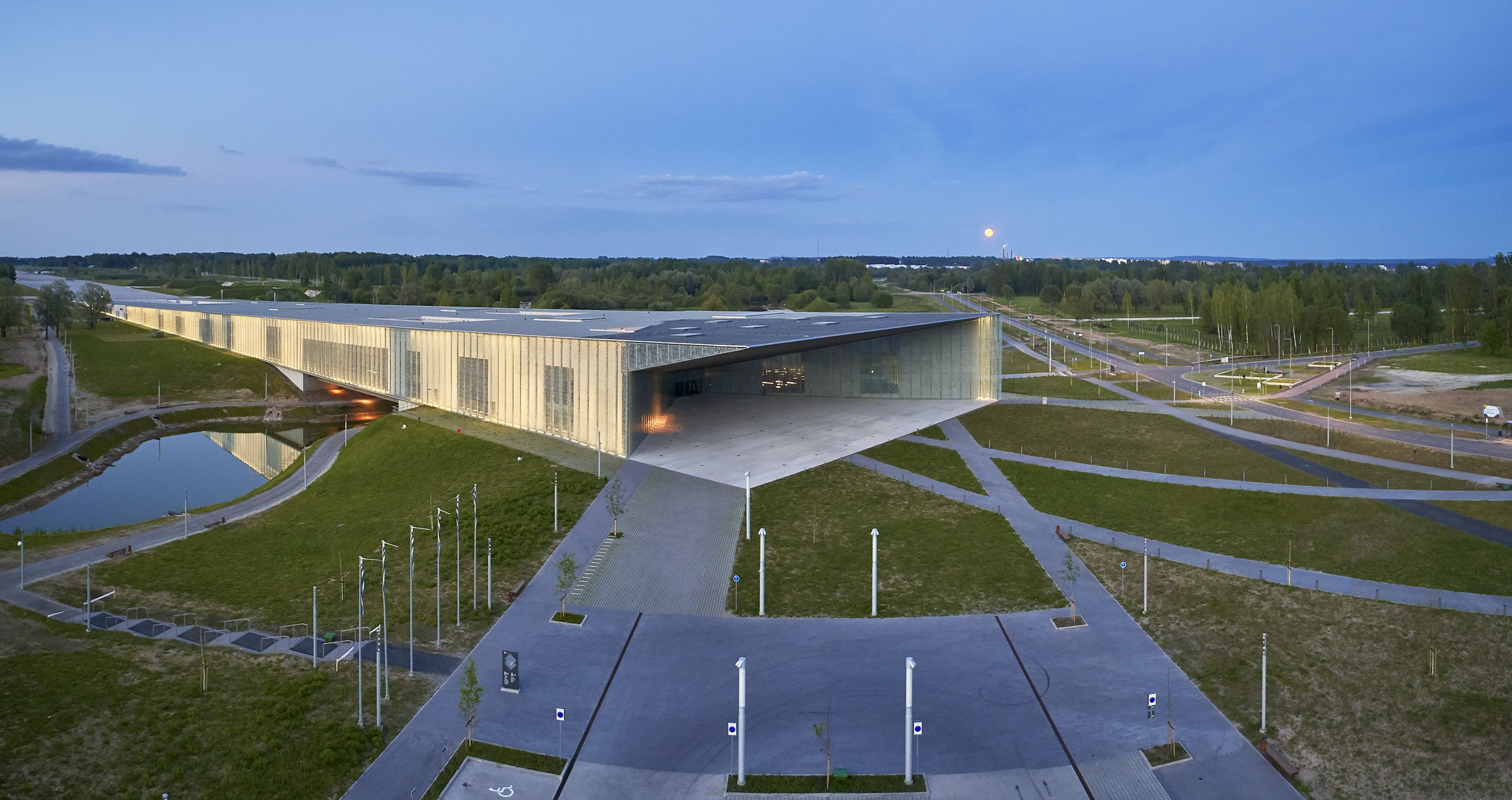
Culture
As all of Estonia, Tartu has seen many rulers throughout the history – Russians, Germans, Swedes, and several rounds back and forth… Despite the turbulent history, Estonians have maintained their distinct identity, language and culture. The Estonian language belongs to the Finno-Ugric languages and is very similar to the Finnish language.
If you are more interested in Estonian history and culture, it is recommended to visit the Estonian National Museum (https://www.erm.ee/en).
The main square, the City Hall Square (Raekoja plats), is the heart of the city with its fountain of the kissing students, Mother River on one end and the Dome hill behind the city hall. The square is surrounded by numerous restaurants and bars. Rüütli street, starting from the square, is known for its busy nightlife.
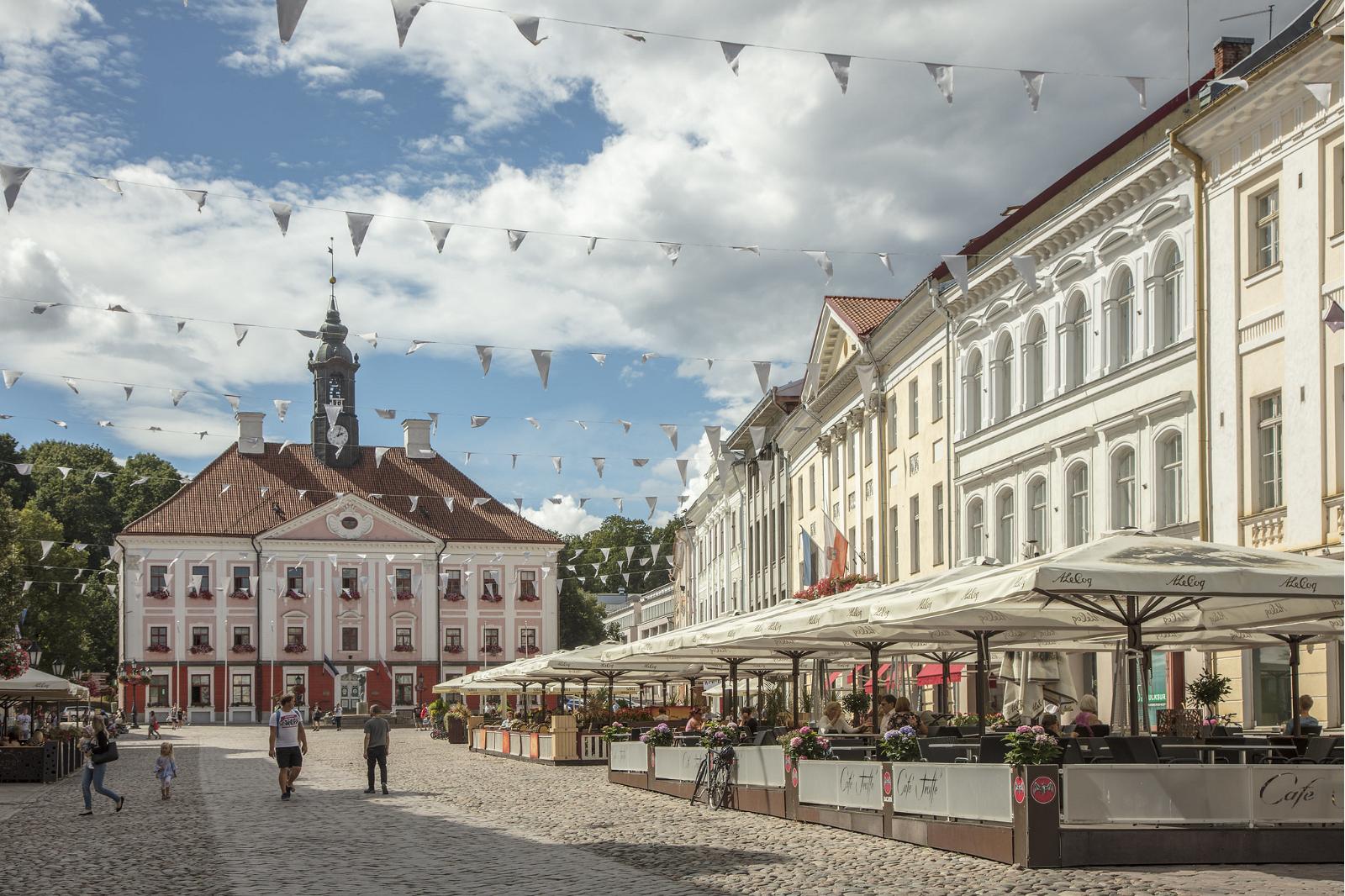
Weather
Weather in Estonia is notoriously unpredictable, with yearly temperatures ranging from -30oC to +30oC. Generally September sees temperatures between 10-20oC with chances of occasional precipitation.
Sightseeing
It is definitely worthwhile to take a walk around the city centre. On the banks of the river Emajõgi you can find green areas, interesting architecture and statues of historical figures.
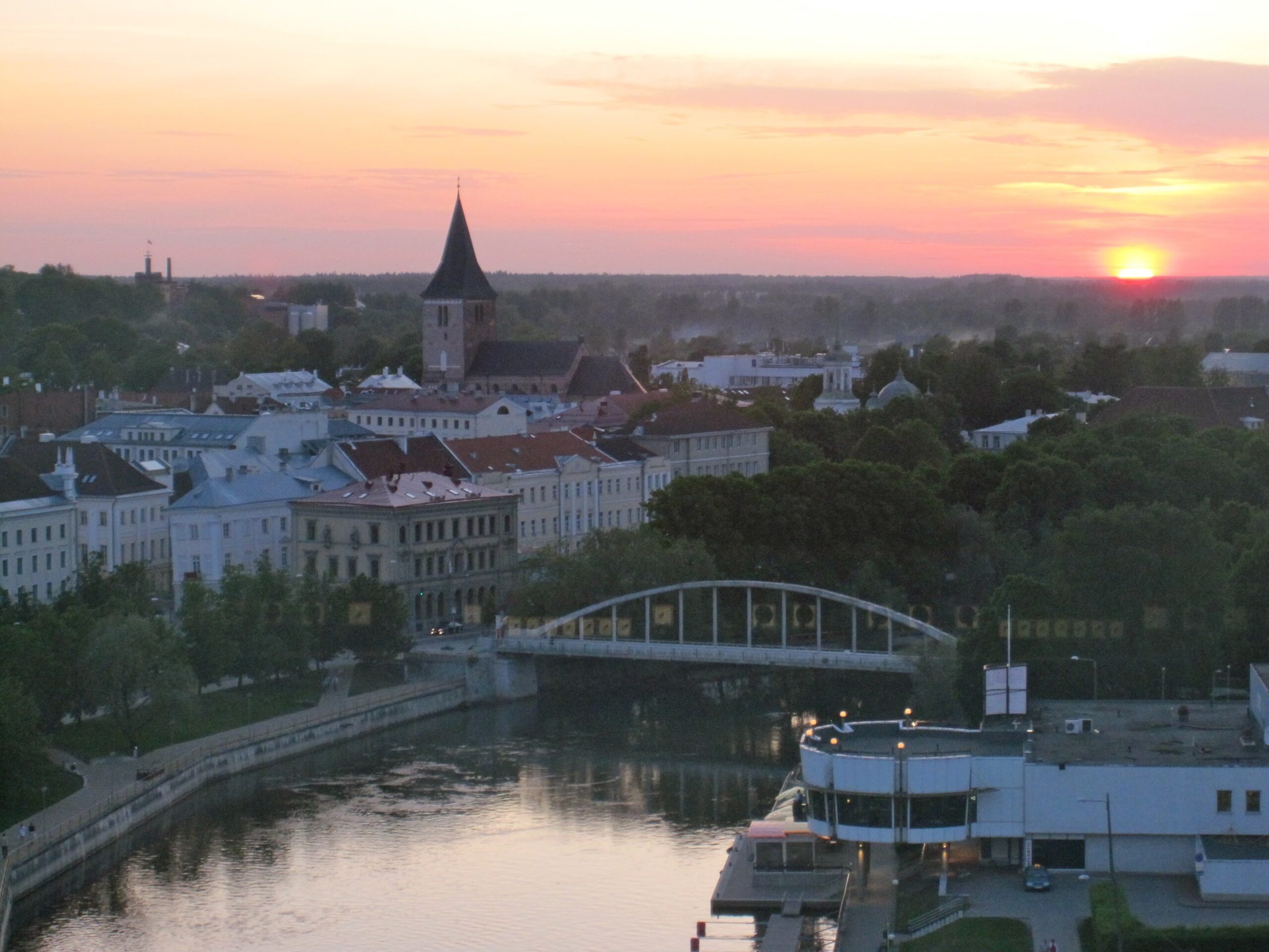
The Dome Hill is also a beautiful walk through a park. The colossal ruins of the cathedral, the towers can be visited for a nice view of the city, and part of which houses the Museum of History of the University of Tartu.

